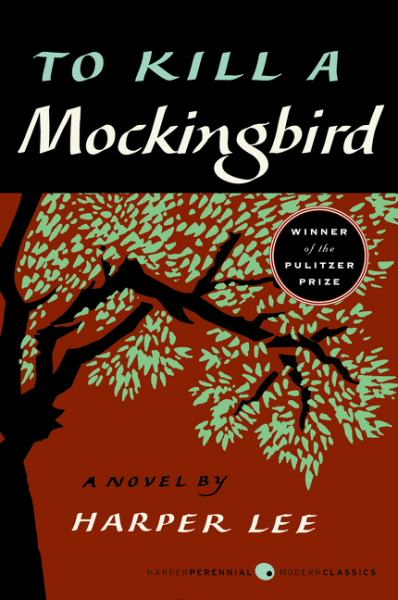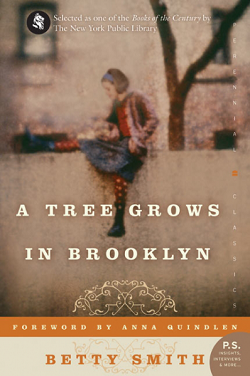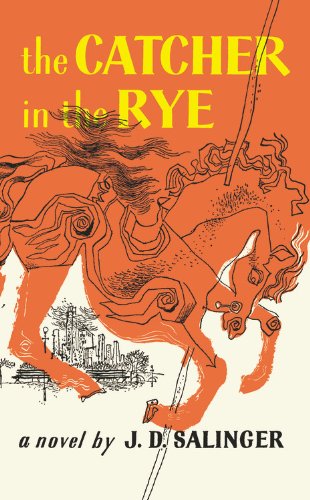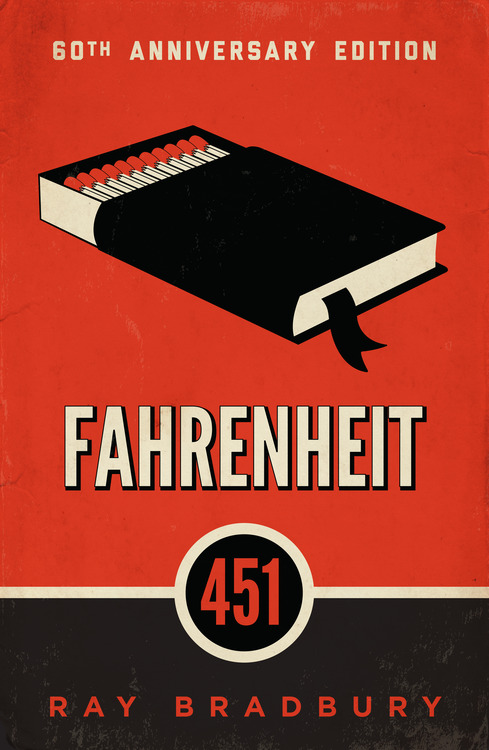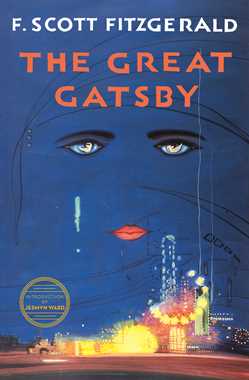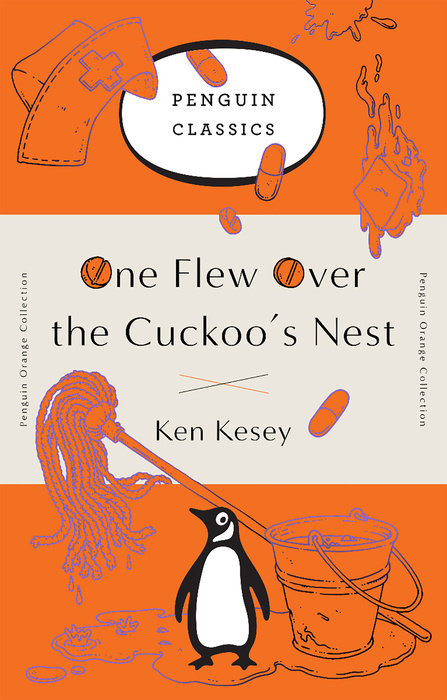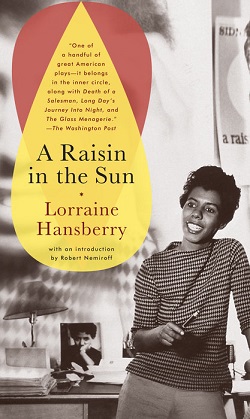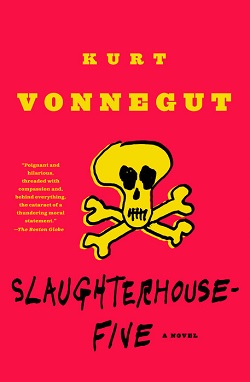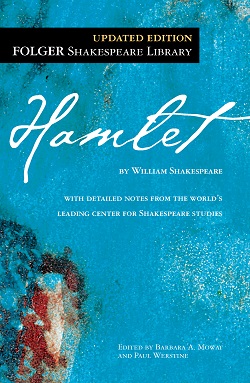Every day, teachers across the country inspire and empower their students to see the world in a new way through classic and contemporary novels. But we know there’s a lot to worry about in high school: friends, driver’s tests, college applications, and, fine, maybe also that cute guy or girl who sat behind you in Algebra. Regardless of whether you completed every extra-credit assignment (guilty as charged), required reading has a lot to offer, even more so when you circle back to those books later on in life. Here’s a list of 13 books I’ve reread since my time in high school and some of the surprising results that came with returning to them.
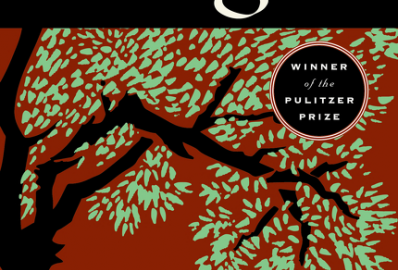
13 High School Classics Worth Rereading
I reread this book when Harper Lee’s “sequel,” GO SET A WATCHMAN, was discovered and released in 2015. As it is for many, TO KILL A MOCKINGBIRD was a cornerstone of my formal and informal reading education, and has been a favorite of mine for most of my life. When I returned to Maycomb, however, I was absolutely dumbfounded to realize that much of the darker elements of the novel had gone over my head. Reading it as an adult—through Atticus’s eyes this time, instead of Scout’s—was a profound and moving experience that everyone should attempt.
Wendy’s Fictional Dinner Party Guest: Atticus Finch
Perhaps it’s a cliché to want to have dinner with Atticus Finch—lawyer, father, all-around good man. Atticus is known for his conscience, grace, compassion, and morality. I suspect that his words would be full of insight and wisdom, and challenge me to sit straighter in my chair.
MENTIONED IN:
This American classic coming-of-age tale centers around Francie Nolan, a young, sensitive reader living in the slums of Williamsburg, Brooklyn (oh, how times have changed). I read this book, I think, a bit too early to fully understand it, so when I encountered it again in high school, it was a much more pleasant and satisfying experience. As far as I’m concerned, it should be a staple.
This American classic coming-of-age tale centers around Francie Nolan, a young, sensitive reader living in the slums of Williamsburg, Brooklyn (oh, how times have changed). I read this book, I think, a bit too early to fully understand it, so when I encountered it again in high school, it was a much more pleasant and satisfying experience. As far as I’m concerned, it should be a staple.
True confession: I have a love-hate relationship with Holden Caulfield. J.D. Salinger’s most famous protagonist has become such an icon, a simplified representation of one thing, that oftentimes we lose sight of how he got there. After learning more about Salinger in my college years, I grew to realize that he was a product of a specific time and mindset, which makes him perhaps that much more important. Reading it again with context brings unbelievable depth to this beloved classic.
Since 1951, the story of Holden Caulfield's coming-of-age has rightfully mesmerized generations of readers - 65 million copies have been sold around the world.
I was a pretty voracious reader growing up, but I struggled with Toni Morrison’s Pulitzer Prize–winning book. The story of Sethe and her daughter, Denver, after their escape from slavery, BELOVED is a haunting—and challenging—read, both thematically and narratively. As was the case with Holden, context was key. Rediscovering it in college with a broader knowledge of the world made it come to life in an entirely different way, and I felt that I got so much more out of it the second time around.
Staring unflinchingly into the abyss of slavery, this spellbinding novel transforms history into a story as powerful as Exodus and as intimate as a lullaby. Filled with bitter poetry, Beloved is a towering achievement.
MENTIONED IN:
Let’s be honest: 90 percent of the time, Nathaniel Hawthorne’s most-read work is taught in high schools as a not-so-covert sex-ed assignment. Hester Prynne, a woman in seventeenth-century Puritan Boston, has an affair with a town official, conceives a child, and is shunned by the entire community, forced to wear a red “A” on her clothes. Themes of sin, guilt, hypocrisy, and judgment are so heavily taught that the quality of the writing itself is often overlooked. Reading it again for that element alone is well worth your while.
Let’s be honest: 90 percent of the time, Nathaniel Hawthorne’s most-read work is taught in high schools as a not-so-covert sex-ed assignment. Hester Prynne, a woman in seventeenth-century Puritan Boston, has an affair with a town official, conceives a child, and is shunned by the entire community, forced to wear a red “A” on her clothes. Themes of sin, guilt, hypocrisy, and judgment are so heavily taught that the quality of the writing itself is often overlooked. Reading it again for that element alone is well worth your while.
Like Holden and Atticus, Guy Montag (the protagonist of Ray Bradbury’s most popular work) has come to represent a societal phenomena—in this case, freedom of speech and conformity. Living in a dystopian future, Montag works as a fireman, destroying printed books and the homes they are hidden in. Reading this book was one of the best classroom experiences I’ve ever had, mainly because it was a reassuring one: every student was horrified at the suggestion that books could be banned and the world so bleak. Unfortunately, that horror’s worn off; FAHRENHEIT 451 is a serious reminder that complicity results in chaos.
First published in 1953, Fahrenheit 451 is a classic novel set in the future when books forbidden by a totalitarian regime are burned. The hero, a book burner, suddenly discovers that books are flesh and blood ideas that cry out silently when put to the torch.
Read the full review here.
MENTIONED IN:
Ah, Gatsby—the reason for many a “But what does the green light ACTUALLY MEAN?” conversations with many a confused high school freshman, F. Scott Fitzgerald’s now bestselling classic was actually a total flop when it was first released—which interestingly enough, mirrors my own reading experience. The potential problem with reading this book when you’re young is that you might not like any of the characters involved, and you haven’t yet realized that that’s completely okay. Once that problem was solved, I was impressed by the total mastery of plot and setting.
Some consider it “the great American novel.” The story of the fabulously wealthy Jay Gatsby and his powerful love for the beautiful Daisy Buchanan is an exquisitely crafted tale that has been essential reading since it was published.
Read the full review here.
MENTIONED IN:
This is one of my dad’s favorite books, so when it was introduced to me my sophomore year, I dove right in and immediately loved it. Narrated by “Chief” Bromden, ONE FLEW OVER THE CUCKOO’S NEST centers around the rebellious mental patient Randle Patrick McMurphy and his contentious relationship with the villainous Nurse Ratched. This one I reread mainly because I hoped that it would hold up. Spoiler alert: it did (also recommended is listening to the American Icons podcast episode about the novel’s cultural impact).
A mordant, wickedly subversive parable set in a mental ward, the novel chronicles the head-on collision between its hell-raising, life-affirming hero Randle Patrick McMurphy and the totalitarian rule of Big Nurse. But McMurphy's revolution against Big Nurse (aka Nurse Ratched) and everything she stands for quickly turns from sport to a fierce power struggle with shattering results.
I’m not sure if Hansberry’s play is required across the country, but it certainly was in my high school, and for that I’ll be eternally grateful. Set in Chicago, the plot revolves around three generations of the Younger family, who all live under the same roof and are all striving toward the American Dream against seemingly insurmountable odds. This was one of the first books I was assigned where the moral of the story was that sometimes there is no single happy ending, which was a staggering but necessary lesson at 16. If you haven’t read this yet: run, don’t walk.
I’m not sure if Hansberry’s play is required across the country, but it certainly was in my high school, and for that I’ll be eternally grateful. Set in Chicago, the plot revolves around three generations of the Younger family, who all live under the same roof and are all striving toward the American Dream against seemingly insurmountable odds. This was one of the first books I was assigned where the moral of the story was that sometimes there is no single happy ending, which was a staggering but necessary lesson at 16. If you haven’t read this yet: run, don’t walk.
MENTIONED IN:
Somehow I missed in my tenth-grade exploration of this American classic just how much of an antiwar narrative it is. Sure, it’s obvious that Billy Pilgrim has been profoundly and tragically affected by his experiences in Dresden, but the actual human, emotional weight of it didn’t really fall until I reread this a couple of years ago. It’s a truly stunning work of literature.
The absurdist tale of Billy Pilgrim -- an American prisoner of war who witnesses the firebombing of Dresden -- and his odyssey through time has become a classic of anti-war fiction and reading lists everywhere.
MENTIONED IN:
Full disclosure: this reread was an enthusiastic one. One of my best friends and I have been fighting about this book for years after I once mentioned that I hadn’t, let’s say, connected with the Bundrens’ odyssey across the Mississippi countryside, and when we were about to graduate college, I caved and took a second look. Ugh, this is going to hurt but . . . Alex, I was wrong. William Faulkner is incredible. There, I said it. Move along.
Not an easy read but a marvelous one. The story of the Bundren family on their journey to bury the family matriarch, Addie, is told from alternating points of view that expose and explain the character’s lives and the story of this family. The way it is told-- the beautiful knotty language that demands attention be paid and the immersion into the psyches of each character in a way that was completely new when it was written -- is quintessentially American not just because it is about the South, and nowhere in the world is like the South, but because no one but an American could write it. On reading lists for years it should be on everyone’s book shelf too. – Suzanne Donahue
I’m technically cheating with this one, since it was assigned to me in college, not high school. But I was a freshman and so overwhelmed with everything else that I don’t think I paid enough attention to it (and still feel incredibly guilty). Richard Wright’s classic novel tells the story of Bigger Thomas, a 20-year-old African-American in Chicago’s South Side in the 1930s whose life is caught in a downward spiral after he kills a white woman in a brief moment of panic. It’s a startlingly—and sadly—relevant novel that is worth revisiting.
Right from the start, Bigger Thomas had been headed for jail. It could have been for assault or petty larceny; by chance, it was for murder and rape. Native Son tells the story of this young black man caught in a downward spiral after he kills a young white woman in a brief moment of panic. Set in Chicago in the 1930s, Wright's powerful novel is an unsparing reflection on the poverty and feelings of hopelessness experienced by people in inner cities across the country and of what it means to be black in America.
MENTIONED IN:
This one isn’t necessarily a recommended reread, but I have to mention it because one of my clearest, all-time favorite high school moments was when my English teacher, Sue Silver (Hi, Sue!), brought out a vinyl of the “Hair” original cast album and played us “What a Piece of Work is Man,” a song from the second act. “Sound familiar?” she asked. None of us had any idea what she was talking about until someone Googled it and said “It’s from Hamlet!” We’d been reading the play for three weeks, and the paperbacks were sitting in front of us. Not all heroes wear capes, people.
This one isn’t necessarily a recommended reread, but I have to mention it because one of my clearest, all-time favorite high school moments was when my English teacher, Sue Silver (Hi, Sue!), brought out a vinyl of the “Hair” original cast album and played us “What a Piece of Work is Man,” a song from the second act. “Sound familiar?” she asked. None of us had any idea what she was talking about until someone Googled it and said “It’s from Hamlet!” We’d been reading the play for three weeks, and the paperbacks were sitting in front of us. Not all heroes wear capes, people.
MENTIONED IN:

